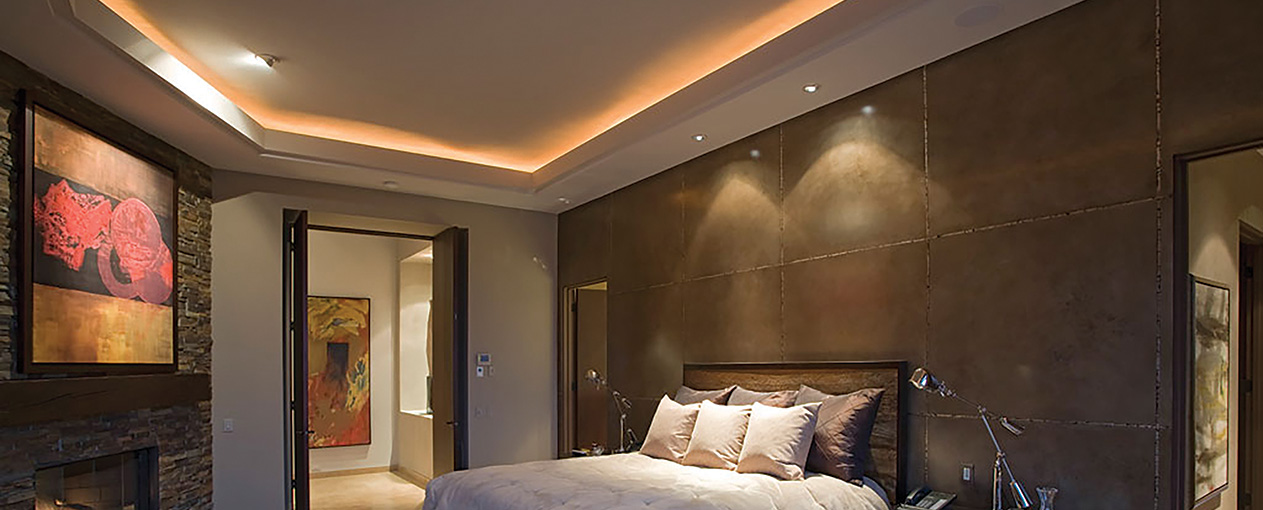Creating different lighting in various rooms in a home can change a person’s mood, stimulate energy and even increase productivity. Lighting has a tremendous impact on how someone feels and what they do on an everyday basis in their home.
According to many interior designers, lighting is an essential part of a design space. Different types of lighting adds to the warmth of a space and can create a more inviting and relaxing environment. Layering lighting in homes with dimmers and art lighting to create a more sophisticated feel is the key to achieve a nice ambiance. Ambient lighting like table lamps and pendant lights also add subtle emphasis on certain areas. Designers often advise to use strategic accent lighting to accentuate specific artifacts or artwork in the home in order to draw attention to these treasures.
Moods within the home can be created by experimenting with various techniques in light manipulation in order to create the desired ambience of comfort ability and contentment at home. Here are few ideas, our experts share.
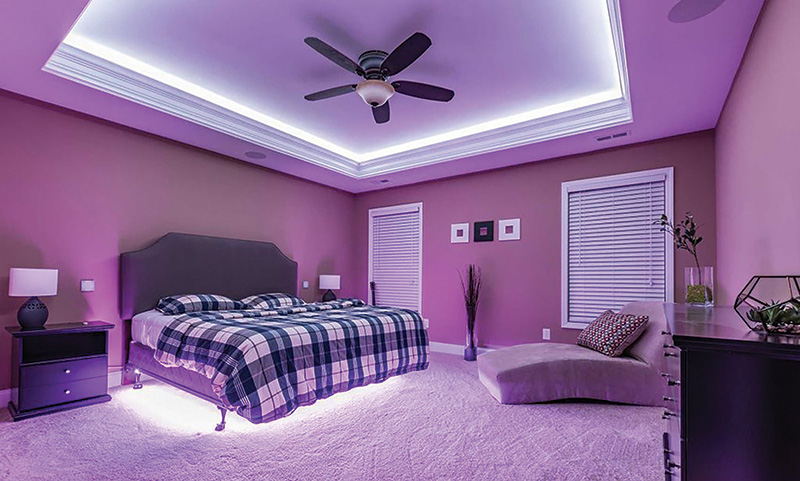
Window tinting and UV protection
Windows are also an important area of consideration when it comes to lighting. Window tinting to protect furniture from UV light and automated window treatments that can automatically raise and lower shades is a good choice. Shades can be set to rise with the sun in the morning to illuminate the home and can also be set to lower at dusk to help create a tranquil, evening mood. To eliminate unwanted early morning rays from creeping in, blackout shades can be installed so sleep will not be disturbed.
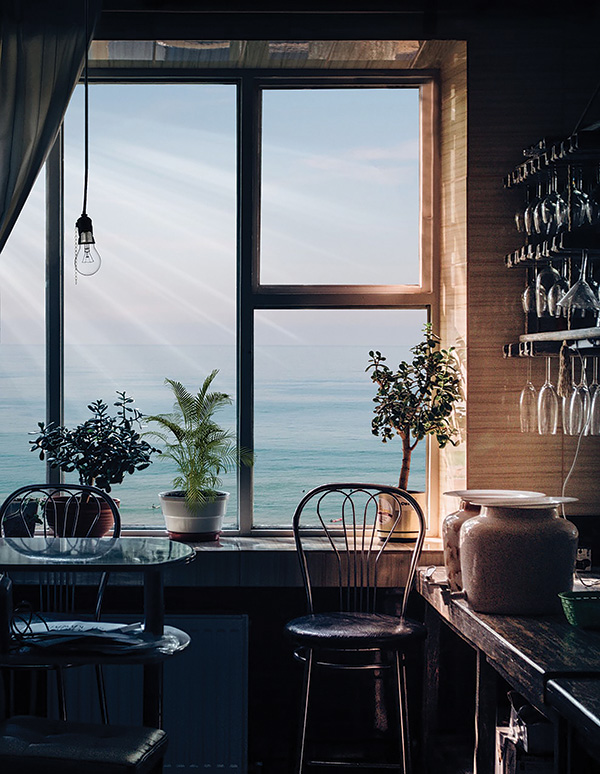
Bulb selection for each room
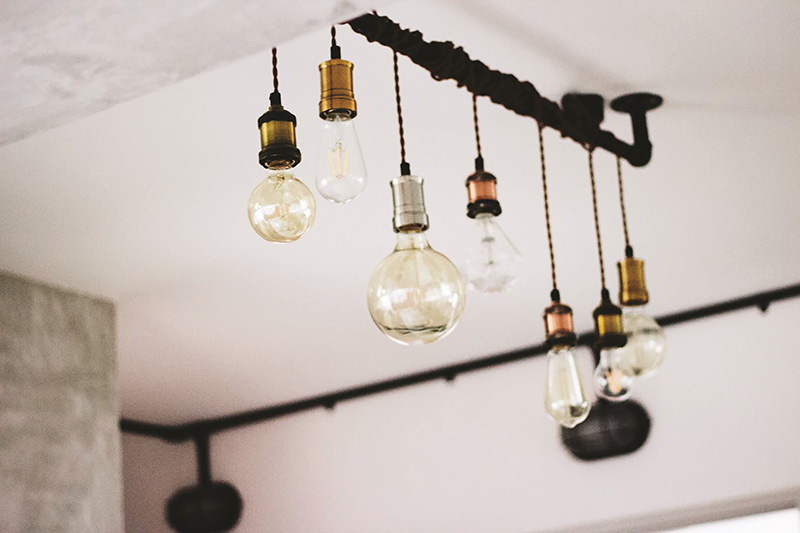
Another way to help facilitate certain moods throughout the home is through the strategic use of lighting within different rooms. Each room within the home has a different purpose and mood and should be lit accordingly. Certain rooms require different color temperatures of light based on what the need for that room is.
Living room
A warm, amber light bulb for living rooms is a good choice as it can set a relaxing, comfortable mood. When it comes to overhead (ambient) lighting, it’s always a great idea to use two different kinds. Overhead pot lights usually provide the majority of light which can spread across the ceiling, while transitional hanging fixtures emphasize the seating area in the center of the room.
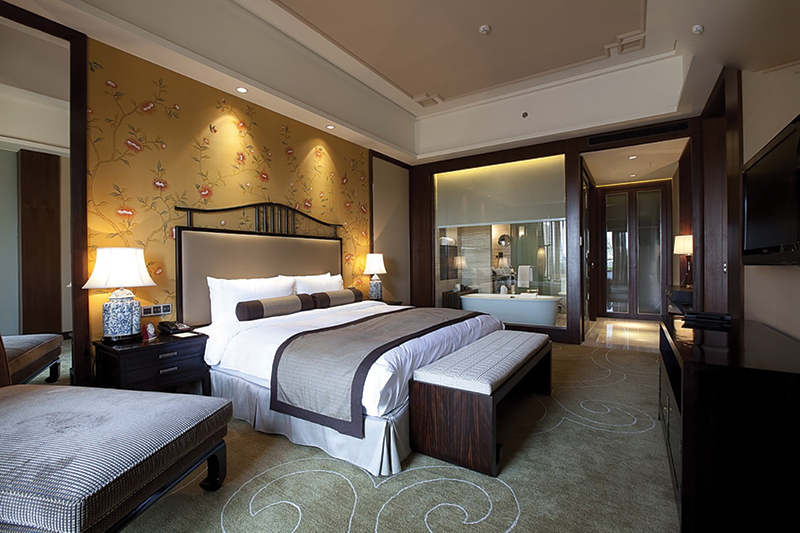
Kitchen
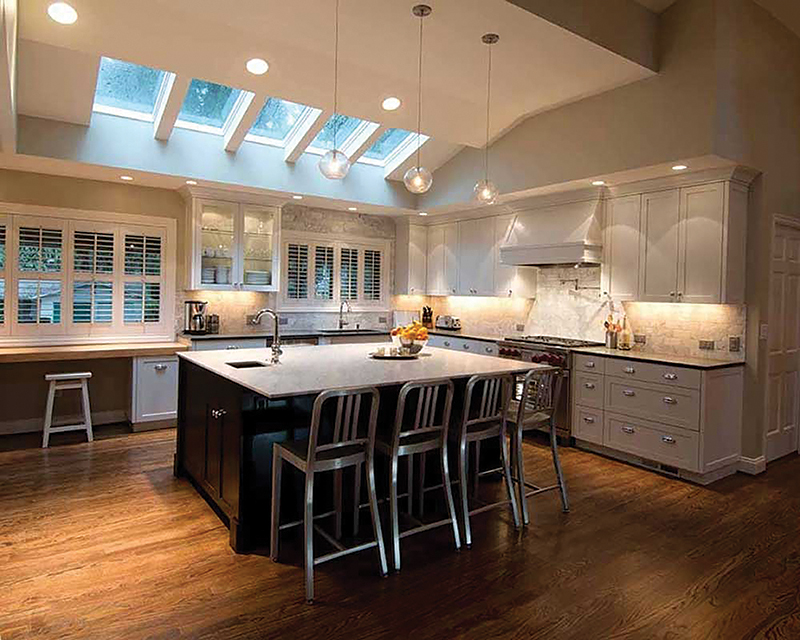
For the kitchen, a more natural light which will stimulate energy for cooking and also help illuminate the food that is being prepared should be considered. Strip lighting at the underside of base cabinets in kitchen is a great way to create a night light that looks fabulous.
Bedrooms
To create an overall ambient atmosphere in bedrooms, warm bulbs in the overhead lights and brighter bulbs in the lamps next to the beds are recommended. Adding lights as decorative elements helps set a mood in a bedroom space. Provided that general lighting is already installed, using lights instead of wall art can be a decorative way to provide ambient lighting.
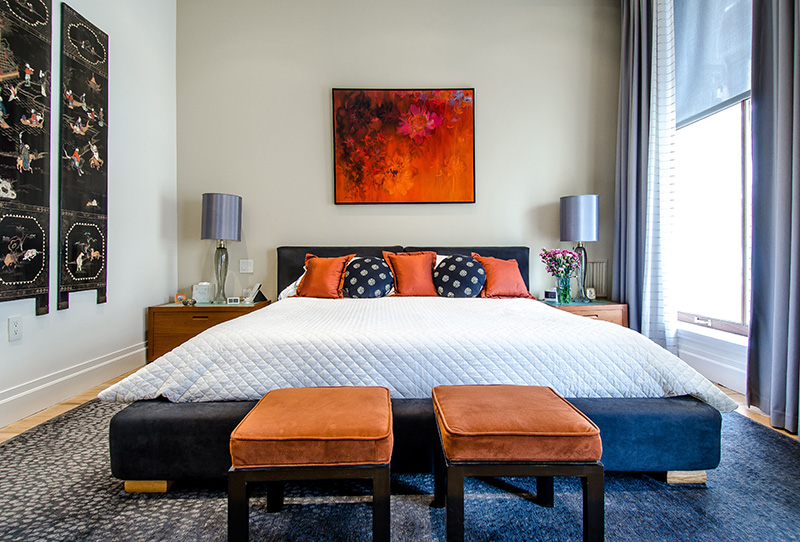
Dining area
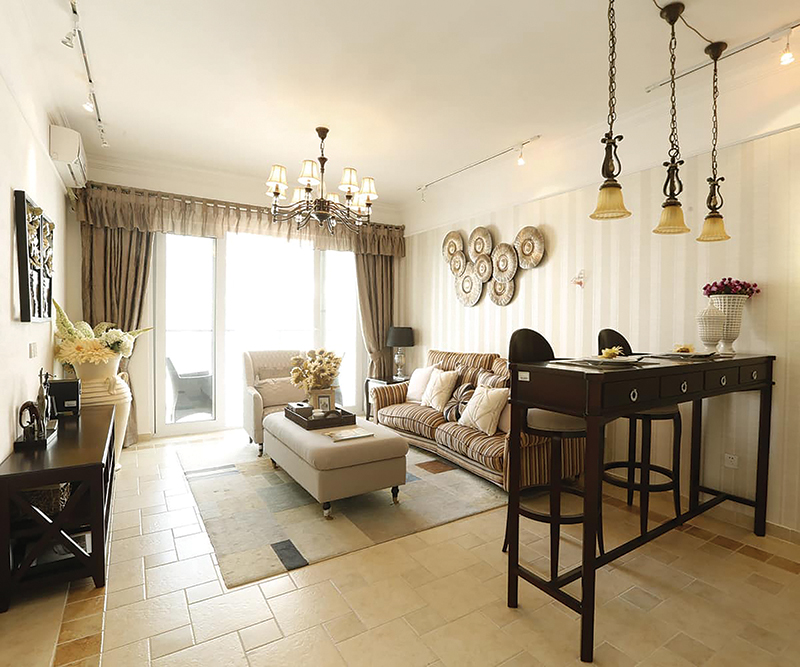
For the dining area, warmer bulbs work best to emulate a cozy setting. Designers suggest using pendant lights that come in many forms, and different decorative styles can achieve similar practical effects. A dining space with many large windows may not need much more ambient light during the day, but you may need task lighting over the table.
Light up those stairs
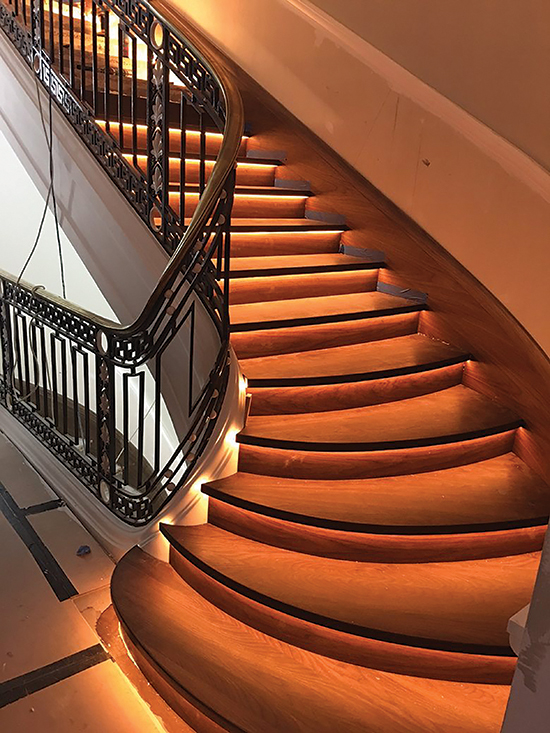
Adding lights to stair risers is beneficial since it can be hazardous negotiating stairs, especially at night. Staircases are often enclosed, so light them from the sides or embed lights in the risers as a design element.

